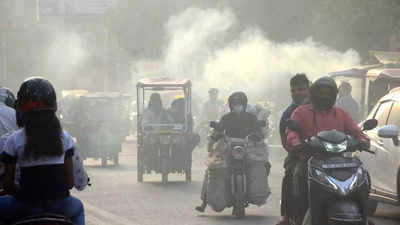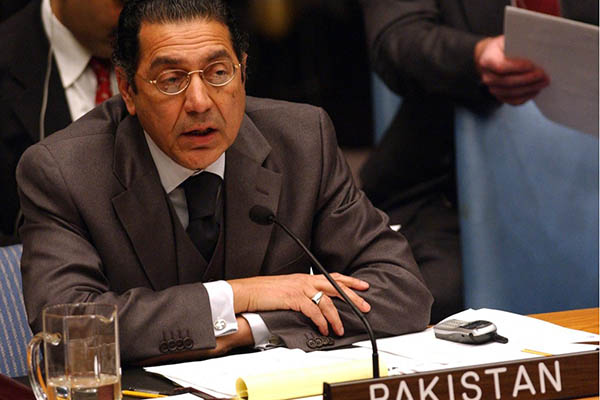
Geneva: In a bid to push countries towards clean energy, the World Health Organisation (WHO) has tightened the air quality guidelines for the first time since 2005. The UN body said that seven million people die every year from air pollution while it also results in the loss of millions more healthy years of life. The new guidelines put almost all of India in the polluted category.
The organisation has revised air quality levels for six pollutants that include particulate matter (PM), ozone (O), nitrogen dioxide (NO) sulfur dioxide (SO) and carbon monoxide (CO). Even at very low levels, research has shown “air pollution affects all parts of the body, from the brain to a growing baby in a mother’s womb,” WHO Director-General Tedros Adhanom Ghebreyesus told a news conference.
Globally, countries are under pressure to pledge bold emissions-cutting plans ahead of the UN climate conference in November in Glasgow, Scotland. “Air pollution is one of the biggest environmental threats to human health, alongside climate change. Improving air quality can enhance climate change mitigation efforts while reducing emissions that will, in turn, improve air quality,” WHO said in a statement.
The new recommendations slash in half the WHO limits for a measure called PM2.5, which stands for particulate matter smaller than 2.5 micrometres or less than one-thirtieth the width of a human hair. That is small enough to travel deep into the lungs and even enter the bloodstream.
According to the new limits, average annual PM2.5 concentrations should be no higher than five micrograms per cubic meter. The old recommendations set the average annual limit at 10. But scientists have determined that long-term exposure to concentrations even that low still contributed to heart and lung diseases, stroke and other negative health impacts. Announcing the new guidelines, the WHO said that “almost 80% of deaths related to PM2.5 could be avoided in the world if the current air pollution levels were reduced.”
PM is primarily generated by fuel combustion in different sectors, including transport, energy, households, industry, and even agriculture. In 2013, outdoor air pollution and particulate matter were classified as carcinogenic by WHO’s International Agency for Research on Cancer (IARC). India Today


